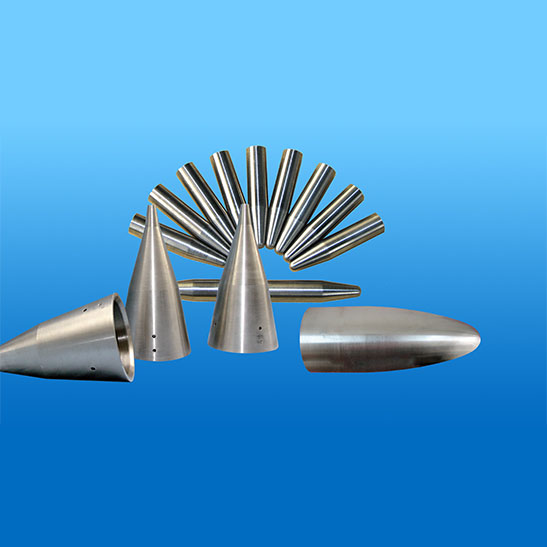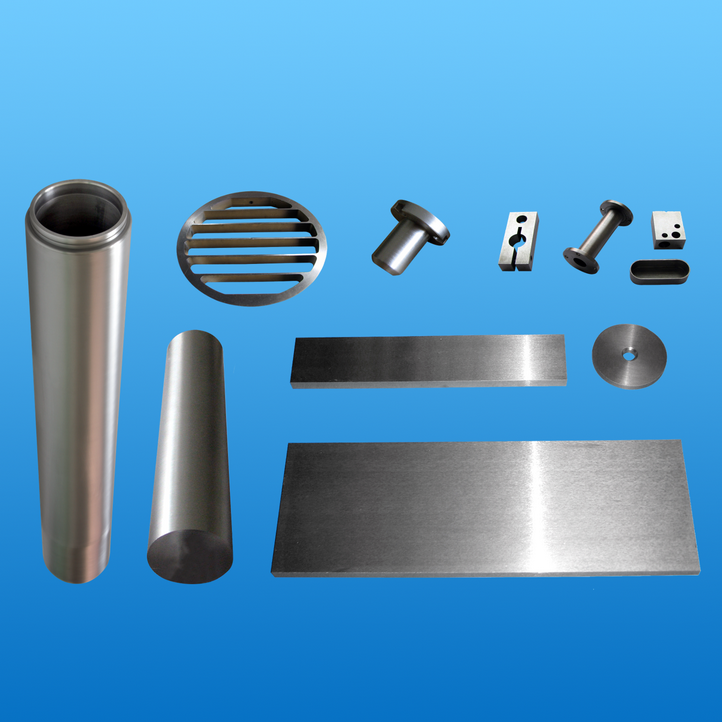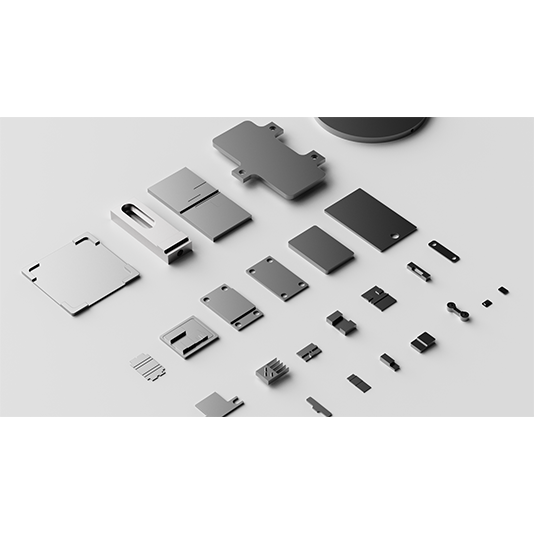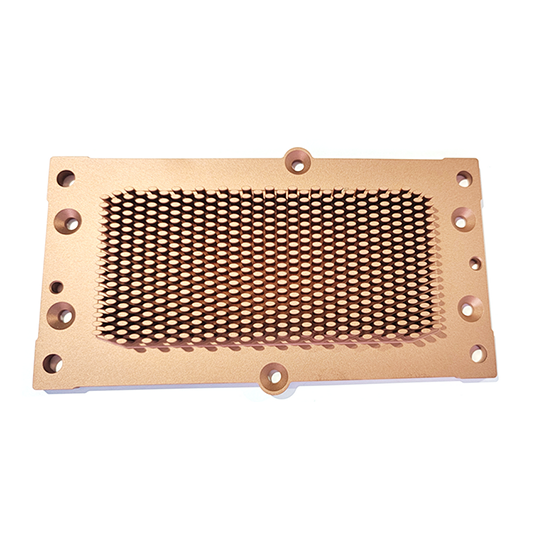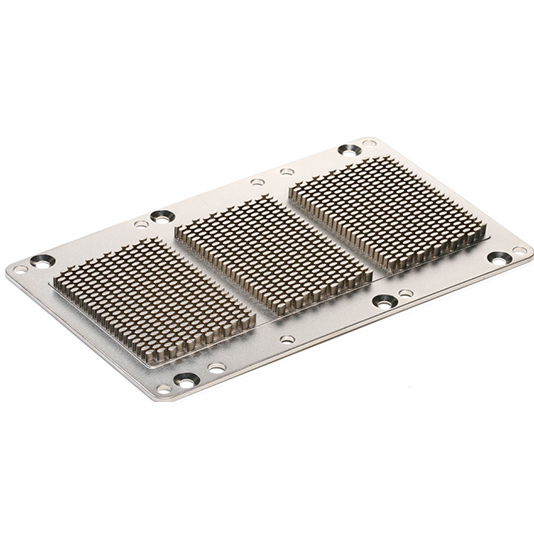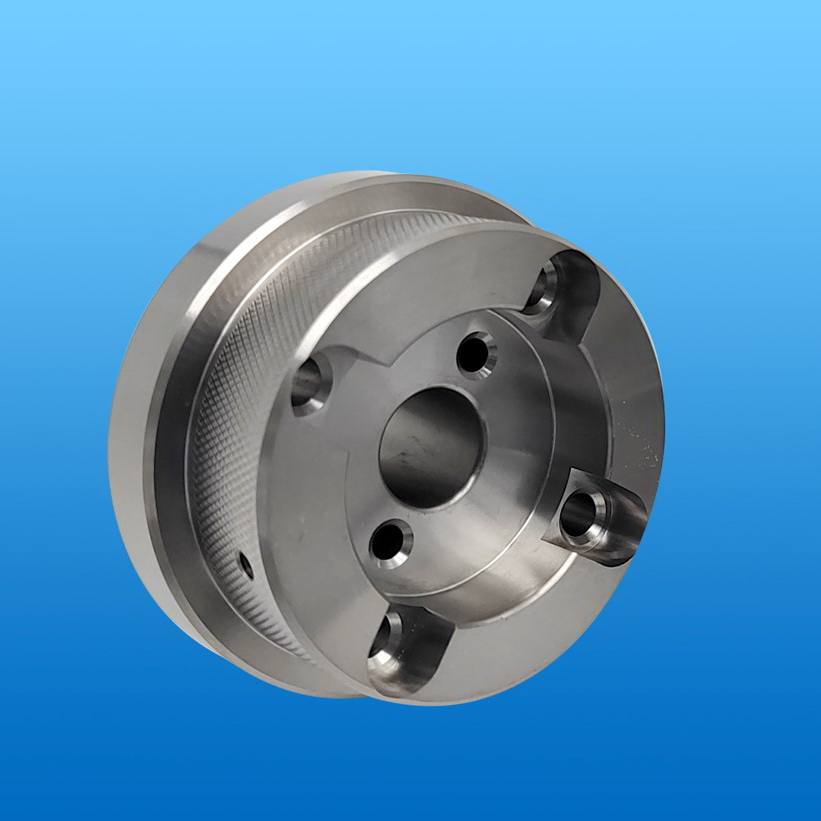5 Major Uses of Molybdenum
1. Alloys
Structural steel accounts for 55 percent of molybdenum use. The metal improves the strength of steel at high temperatures, and can allow steel to withstand pressures of up to 300,000 pounds per square inch.
Molybdenum also helps with corrosion resistance, which makes it an important material for stainless steel. About 25 percent of mined molybdenum makes it way into the stainless steel industry. Molybdenum-containing stainless steel alloys have applications in the pharmaceutical industry and chemical mills, as well as tanker trucks.
Aside from that, molybdenum can be alloyed with steel to produce drills, saws, jet engines and power-generation turbines. Chrome and molybdenum alloy steel sheets are used in mufflers and other automotive parts.
Molybdenum alloyed with cast iron can be used to produce cylinder heads, motor blocks and exhaust manifolds, which allow vehicle engines to run hotter and thereby reduce carbon emissions. Another use is in milling and crushing equipment.
2. Catalysts
Molybdenum uses can also be chemical. About 14 percent of molybdenum is used in the chemical industry for catalysts and lubricants. For example, the metal is used as a catalyst in petroleum refineries to help remove sulfur from natural gas and refined petroleum products. The process, known as hydrodesulfurization, involves heat and pressure plus a molybdenum oxide catalyst with an alumina support and cobalt.
Occasionally, nickel and molybdenum are used instead of cobalt to treat more difficult feedstock. Low-sulfur fuels are cleaner burning, and many countries, including Canada and the US, require vehicles to use ultra-low-sulfur diesel fuel for road vehicles. Molybdenum also acts as a catalyst in polymer and plastic production.
3. Lubricants
Molybdenum can be combined with sulfur to form molybdenum disulfide, which helps lubricate two-stroke engines, bicycle coaster brakes, bullets, ski waxes and more. It is also used in greases for ball and roller bearings in the manufacturing, mining and transportation industries.
Molybdenum disulfide can resist heat and pressure because it is of geothermal origin. Oil-soluble molybdenum-sulfur compounds thiophosphate and thiocarbamate protect engines against wear, oxidation and corrosion.
4. Pigments
Molybdenum is also used in paints and dyes as a corrosion-resistant pigment. One such pigment is made from zinc molybdate and is used in paint primers to inhibit corrosion and stabilize color; for instance, it is used to paint the metal surfaces of boats.
Molybdate orange pigment is made using lead, lead chromate, lead molybdate and lead sulfate. The paint withstands fading in light and weathering over time. Molybdenum oranges are used in paints, inks, plastic and rubber products and ceramics.
5. Fertilizer
Molybdenum is an essential component of nitrogenase, which is found in nitrogen-fixing bacteria that make nitrogen from the air available to plants. Sodium molybdate is a white crystalline powder used as a fertilizer for plants such as cauliflower and beans to increase crop yields.



